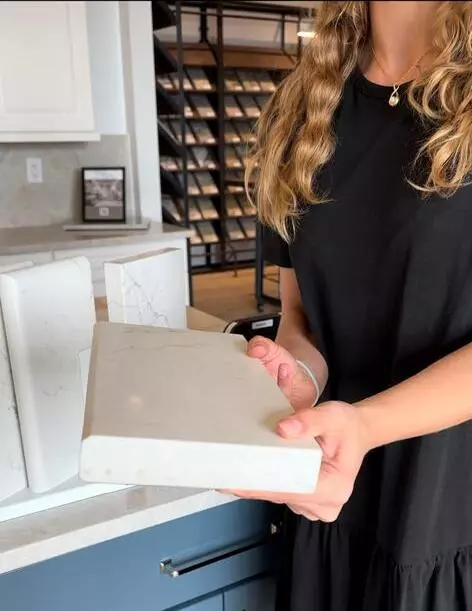The Pros and Cons of Different Countertop Edges: Choosing the Right Profile for Your Kitchen
When it comes to designing a kitchen, the choice of countertop edges may seem like a small detail, but it can have a significant impact on the overall look and feel of the space. Countertop edges not only contribute to the aesthetic appeal of the kitchen but also affect its functionality and safety. With a variety of edge profiles available, it’s important to understand the pros and cons of each before making a decision. In this blog, we’ll explore the different types of countertop edges and their respective advantages and disadvantages to help you make an informed choice for your kitchen.
1. Straight Edge
Pros:
– Minimalist and modern look.
– Easy to clean and maintain.
– Ideal for contemporary and industrial-style kitchens.
Cons:
– Sharp corners can pose a safety hazard, especially in households with children.
– Susceptible to chipping, especially in materials like natural stone.
2. Bullnose Edge
Pros:
– Rounded edge provides a soft and timeless look.
– Safe and ideal for households with children.
– Resistant to chipping and damage.
Cons:
– May appear dated in some kitchen designs.
– Limited variety in terms of design and customization.
3. Beveled Edge
Pros:
– Sleek, angular look adds dimension to the countertop.
– Easier to clean than some other edge types.
– Can complement both traditional and contemporary kitchen styles.
Cons:
– Edges may chip more easily than rounded profiles.
– Limited variety in bevel size and angle options.
4. Ogee Edge
Pros:
– Ornate and elegant appearance adds a touch of luxury to the kitchen.
– Offers a high-end, customized look.
– Well-suited for traditional and formal kitchen designs.
Cons:
– More challenging to clean and maintain due to intricate detailing.
– Not as versatile as other edge profiles, limiting its compatibility with modern kitchen styles.
5. Half Bullnose Edge
Pros:
– Combines the softness of a rounded edge with a contemporary twist.
– Versatile and complements various kitchen styles.
– Resistant to chipping and damage.
Cons:
– Can appear generic in some kitchen designs.
– May lack the distinctive character of more elaborate edge profiles.
In conclusion, the choice of countertop edge profile should be based on a careful consideration of both aesthetic and practical factors. While some edge profiles may enhance the visual appeal of the kitchen, others may offer greater safety and durability. Ultimately, the decision should align with the overall style and functionality of the kitchen, as well as the preferences and lifestyle of the homeowner. By weighing the pros and cons of different countertop edges, you can make an informed choice that elevates the design and functionality of your kitchen space.

